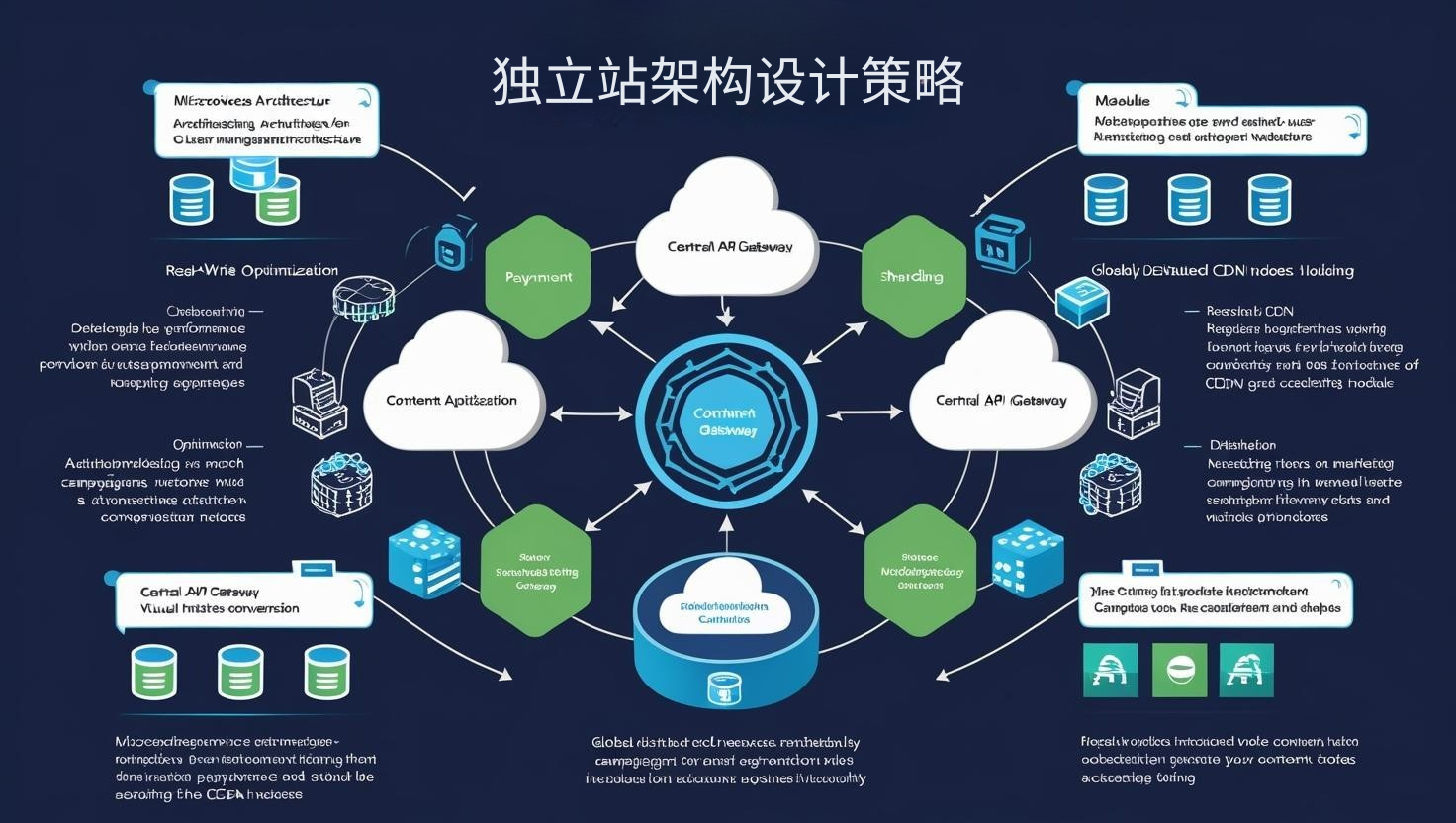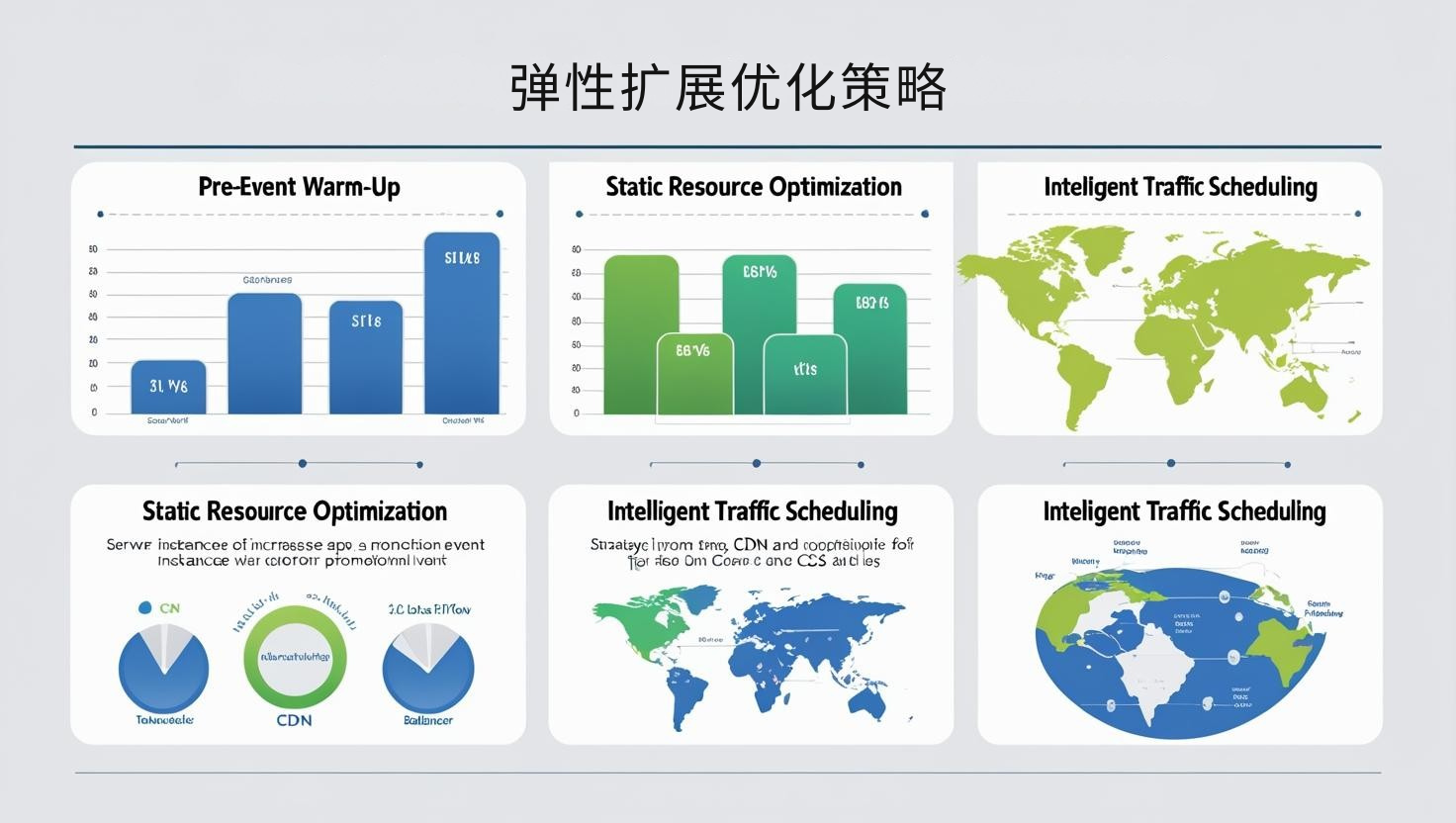In the era of digital marketing, businesses rely on independent websites for brand exposure and sales conversion. However, promotional events, social media outreach, or holiday traffic spikes can lead to sudden increases in independent website traffic. A lack of technical resilience in the face of sudden traffic spikes can lead to slow website access or even downtime, directly impacting user experience and conversion rates. To ensure stable independent website operations, businesses must establish a technical architecture capable of elastic scalability.
Technical principles of elastic expansion
Elastic scaling of independent websites primarily relies on cloud computing and distributed architecture, enabling on-demand expansion of computing resources. For example, server instances are automatically added when traffic increases, and resources are automatically reduced when traffic decreases, thereby reducing costs. According to analysis by the Internet Society of China (ISPA) , elastic scaling can maintain page load speeds and transaction stability during traffic fluctuations, preventing user churn.
Key principles include:
Load balancing : Distribute access requests to multiple servers through a load balancer to avoid excessive pressure on a single point.
Autoscaling : Use cloud services (such as AWS, Alibaba Cloud, and Tencent Cloud) to automatically adjust the number of server instances.
Caching strategy : static resource caching and content delivery network (CDN) caching to reduce server pressure and improve page response speed.
 Independent station architecture design strategy
Independent station architecture design strategy
To build an elastically scalable independent station architecture, you need to start with the overall design:
Microservice architecture : modularizes website functions (such as user management, payment, and content display), and each module can be expanded independently to reduce single point pressure.
Database optimization : adopt read-write separation and database and table sharding strategies to improve the database's concurrent processing capabilities.
CDN acceleration : Use globally distributed CDN nodes to cache static content, ensuring stable global access speeds.
According to a survey by the China Electronic Commerce Association (CECA) , reasonable architecture design can not only improve the performance of independent sites, but also ensure the smooth progress of marketing activities during promotions and increase customer conversion rates.
Monitoring and early warning mechanism
Elastic expansion is not just about technical configuration; it also requires monitoring and early warning mechanisms:
Real-time traffic monitoring : Use monitoring tools (such as Prometheus and Grafana) to observe traffic, CPU, and memory usage.
Automatic alerts : When traffic or resource usage exceeds a threshold, the system automatically notifies operations personnel or triggers scaling policies.
Log analysis : Collect access logs, analyze access peaks, hot pages, and user behavior, and provide data support for architecture optimization.
The Internet Society (ISOC) points out that through a complete monitoring and early warning mechanism, enterprises can deploy expansion measures in advance before sudden traffic arrives, avoid service interruptions, and improve user experience.
 Elastic expansion optimization strategy
Elastic expansion optimization strategy
For different scenarios of independent stations, various optimization strategies can be adopted:
Pre-event warm-up : Before a large-scale promotion or advertising campaign, increase server instances in advance to reduce peak pressure.
Static resource optimization : compress images, JS and CSS files to increase page loading speed.
Intelligent traffic scheduling : Use CDN and load balancers to distribute user requests by geographic location, reducing the pressure on single nodes.
Combined with the Pinshop website building platform, businesses can easily achieve flexible scalability and management of independent websites. Pinshop provides cloud server access, CDN acceleration, automatic capacity expansion, and backend traffic monitoring, allowing businesses to ensure the stability of independent websites during peak periods without complex operations and maintenance, optimizing the user experience while reducing technical costs.
Through scientific independent station architecture design, elastic expansion strategies, and data monitoring mechanisms, companies can effectively cope with sudden traffic surges and ensure the smooth progress of marketing activities. With the Pinshop website building platform, companies can achieve full-link performance optimization and traffic management without worrying about technical complexity, allowing independent stations to maintain stability during peak traffic periods and support the long-term development of brands and businesses.
Recommended related articles: Multilingual Independent Station Strategy: Balancing Localization and Internationalization







